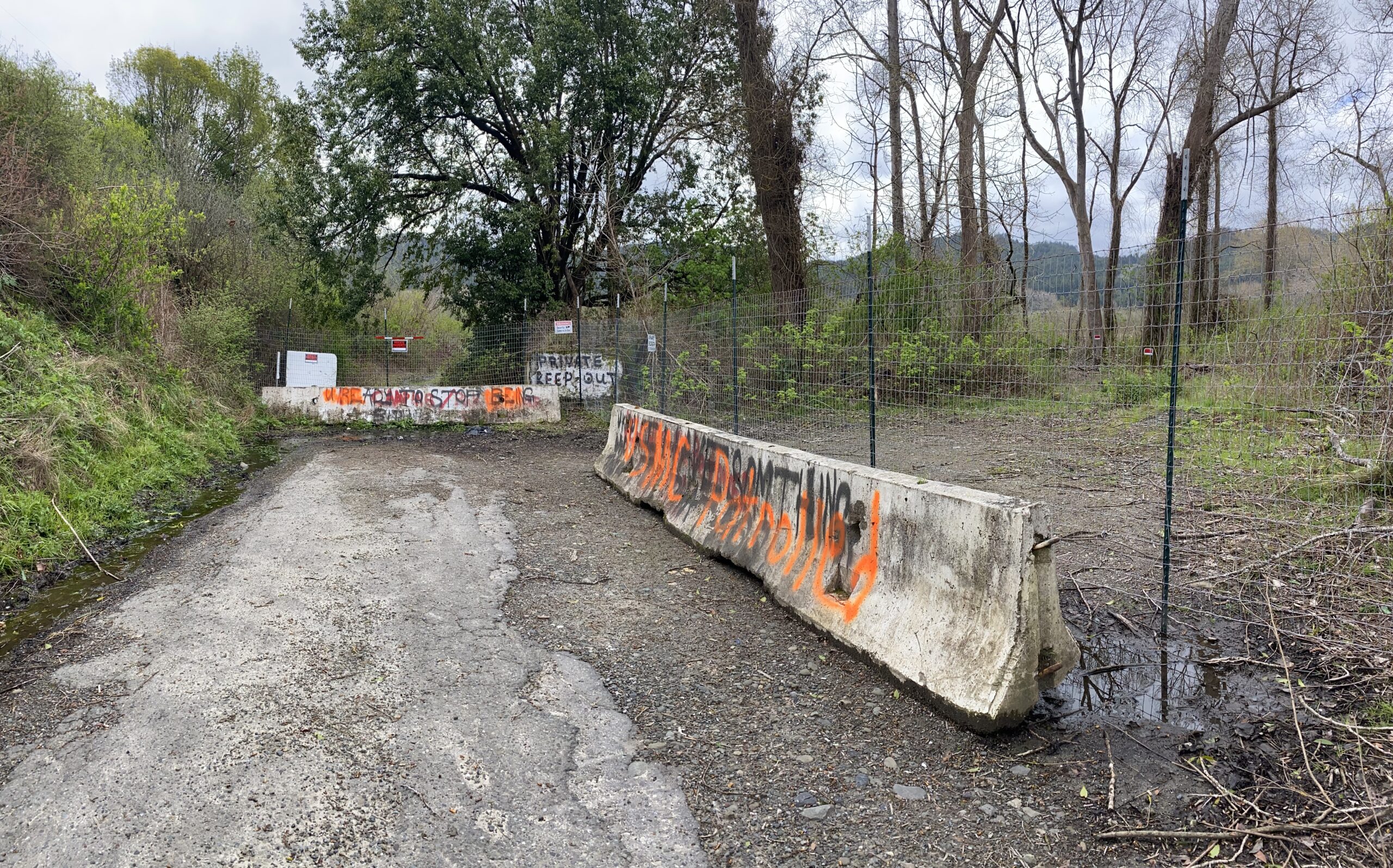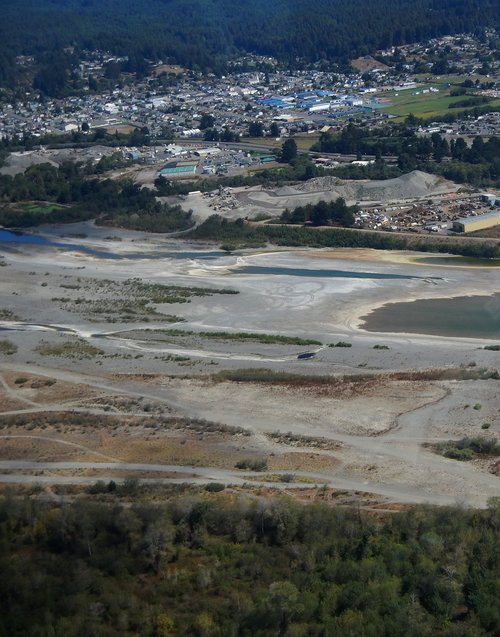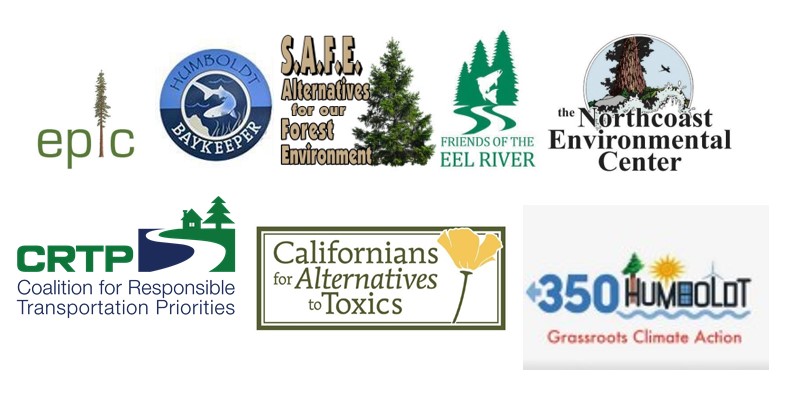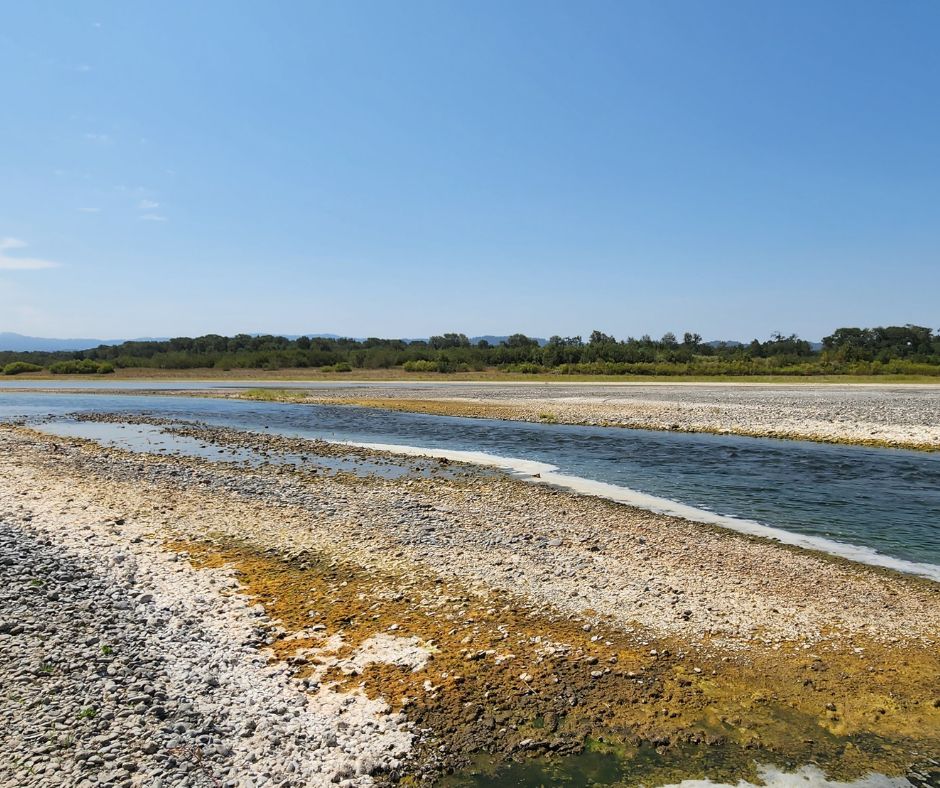Land use plays a huge role in determining the health of a watershed. Human activities like logging, cannabis cultivation, road construction, livestock grazing, have disconnected and diminished ecological functions in the Eel River watershed. As these and other activities of the Anthropocene era continue contributing to climate change, we must quickly adapt and ensure that our presence on the landscape does not decrease the value and function of natural resources.
Mitigating Cannabis Cultivation Impacts

The history of cannabis cultivation beneath the Redwood canopy is a long a storied one; unfortunately the environmental impacts also span generations. Since California legalized recreational cannabis use in late 2016 the landscape for growing cannabis has shifted dramatically. We have learned a lot about best practices that can protect our watershed, and the kind of resources required to effectively regulate the newly legal industry. In 2019 FOER reached a settlement agreement with Humboldt County in our CEQA case challenging their inadequate cannabis cultivation regulations.
One component of the settlement agreement was a grant program to fund sediment reduction projects on public and private roads serving cannabis cultivation sites in prioritized salmon-bearing watersheds. The County began implementing this grant program in the fall of 2021. Click here to learn more about the grant program and for instructions on how to apply.
Groundwater Management

When California passed the Sustainable Groundwater Management Act (SGMA) in 2014, the state took the first step to begin managing groundwater use. Unfortunately, SGMA lacks the push for urgent action that we need in our watersheds. SGMA requires that all basins “achieve sustainable yield” by 2040, a timeline that allows for undesirable impacts to continue for over two decades. Enough time for species to go extinct. The state also needs to provide more guidance on standard protocols for data management and reporting, ensuring that municipalities are collecting and reporting use data in a usable manner.
A groundbreaking legal decision in 2018 determined that the public trust doctrine does apply to groundwater, and that SGMA compliance does not nullify public trust obligations. Click here to read about the case, ELF v. State Water Resources Control Board and click here to listen to a podcast episode about the decision and its implications.
Enhancing and Restoring the Estuary
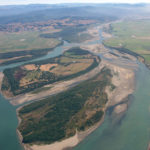 The Eel River estuary presents 0pportunities for modeling a proactive approach to adapting to sea level rise. Sea level rise in Humboldt Bay and the Eel River Estuary is among the fastest on the west coast of North America. Tectonic activity causes the land to sink and the mountains of the Lost Coast to rise quickly. While we work to open access to spawning grounds in the headwaters of the Eel, it’s also important to connect and enhance habitat in the estuary so all those juvenile salmonids have a safe and productive place to grow.
The Eel River estuary presents 0pportunities for modeling a proactive approach to adapting to sea level rise. Sea level rise in Humboldt Bay and the Eel River Estuary is among the fastest on the west coast of North America. Tectonic activity causes the land to sink and the mountains of the Lost Coast to rise quickly. While we work to open access to spawning grounds in the headwaters of the Eel, it’s also important to connect and enhance habitat in the estuary so all those juvenile salmonids have a safe and productive place to grow.
A wide range of entities have restoration projects on-going in the estuary including the Humboldt County Resource Conservation District, California Trout, Duck Unlimited, The Wiyot Tribe, Department of Fish and Wildlife, and more. And yet, we need more! The region needs a comprehensive Sea Level Rise Vulnerability Assessment. But importantly, our community needs to acknowledge that informed by modern science, and facing the impacts of climate change, we cannot simply cannot manage natural resources in the same way we did 150 years ago.


